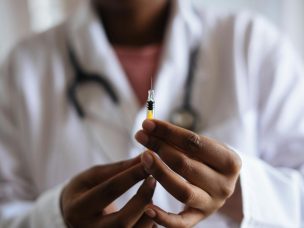MONDAY, Dec. 14, 2020 (HealthDay News) — High blood pressure (BP) is associated with white matter hyperintensities (WMH), according to a study published online Nov. 26 in the European Heart Journal.
Karolina Agnieszka Wartolowska, M.D., D.Phil., and Alastair John Stewart Webb, B.M., B.Sc., D.Phil., from the University of Oxford in the United Kingdom, examined the correlation between WMH and concurrent versus past BP in participants from the U.K. Biobank prospective community-based cohort of 40- to 69-year-olds. Data were included for 37,041 eligible participants with WMH data and BP measures.
The researchers found that WMH were more strongly associated with concurrent systolic BP (SBP) (diastolic BP [DBP] ß = 0.064; SBP: ß = 0.076); however, the strongest correlation was seen for past DBP (DBP: ß = 0.087; SBP: ß = 0.045), especially under the age of 50 (DBP: ß = 0.103; SBP: ß = 0.012). Median WMH increased 1.126 and 1.106 per 10 mm Hg usual SBP and per 5 mm Hg usual DBP, respectively, due to the higher prevalence of elevated SBP; elevated SBP resulted in a greater population attributable fraction of WMH in the top decile (19.1 and 24.4 percent for concurrent and past SBP, respectively). Any increase in BP correlated with increased WMH, even below 140 and below 90 mm Hg for SBP and DBP, respectively; and especially if requiring antihypertensive medication.
“This suggests that even slightly elevated blood pressure before it meets the criteria for treating hypertension has a damaging effect on brain tissue,” Wartolowska said in a statement.










